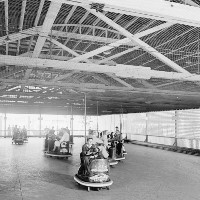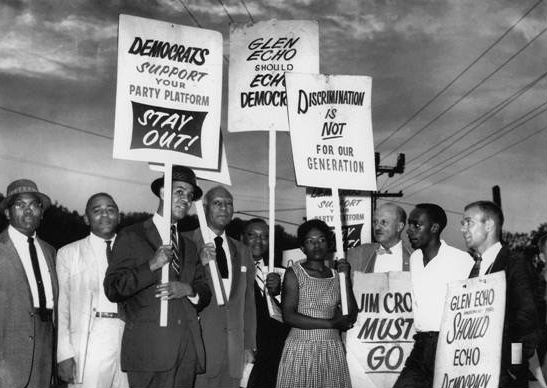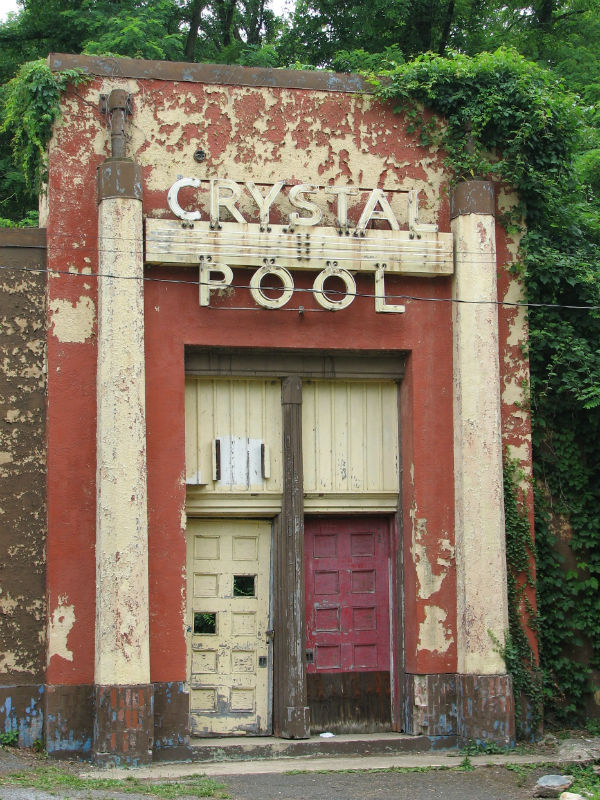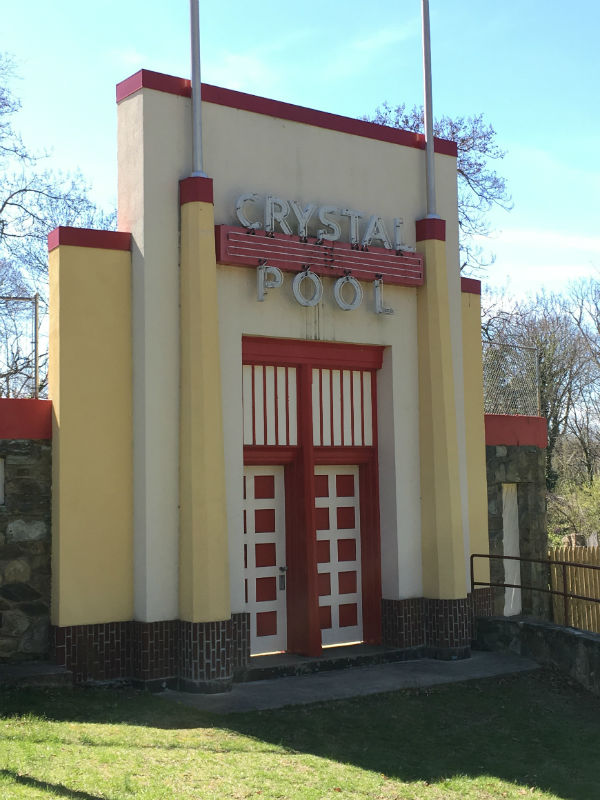Today Glen Echo Park in Montgomery County is a lively campus of open space, arts studios, and plays host to many community events. Some portions of the Park are operated by the National Park Service and some by the Glen Echo Park Partnership for Arts and Culture. What makes Glen Echo such an interesting place? It’s interesting history!
 Save the Date: The Best of Maryland Awards will be held on Thursday, May 16, 2019 at Glen Echo Park in Montgomery County. The event was attended by over 200 preservationists, community leaders, elected officials and fans of Maryland’s heritage — all to help recognize, celebrate, and thank the people and organizations protecting Maryland history and heritage. Step right up! We’ll be celebrating in the bumper car pavilion, the neon lights will be on and the historic Dentzel Carousel will be open!
Save the Date: The Best of Maryland Awards will be held on Thursday, May 16, 2019 at Glen Echo Park in Montgomery County. The event was attended by over 200 preservationists, community leaders, elected officials and fans of Maryland’s heritage — all to help recognize, celebrate, and thank the people and organizations protecting Maryland history and heritage. Step right up! We’ll be celebrating in the bumper car pavilion, the neon lights will be on and the historic Dentzel Carousel will be open!
Glen Echo Park
Founded in 1891 by the National Chautauqua Assembly, Glen Echo Park was originally the site of adult education courses, lectures, concerts, and the arts. After the Chautauqua endeavor failed due to financial difficulties and seasonal cyclical declines in attendance, the Glen Echo campus was turned into an amusement park as early as 1899 – in part, to capitalize on the large gathering buildings and the pleasant campus especially in the summer months.
Many iterations of rides and games changes over the years. In 1911, the park featured a dance pavilion and miniature railway and a handful of rides. Glen Echo was also the site of the first bumper cars ride in the United States! It was known as Skooter and installed in 1921. In 1931, Crystal Pool was built to accommodate 3000 swimmers.
Like many amusement parks in the area, Glen Echo Park was segregated and on June 30, 1960, a group of local college students largely from Howard University, staged a sit-in protest at the Park’s carousel. The demonstrates were arrested for trespassing by local law enforcement. Due to this act and sustained pressure, Glen Echo was integrated starting in the season of 1961 for the next seven years.

Protesters demanding integration at Glen Echo, 1960s. Photo from Glen Echo Archives.
With dwindling attendance and a change in social and recreational interests, Glen Echo closed in 1968 and the rides dismantled. In 1971, the National Park Service took over management of the Park and it was the listed on the National Register of Historic Places in 1984. As of 2002 Glen Echo has been run jointly by the Park Service and the Glen Echo Park Partnership for Arts and Culture. There are fourteen resident artists and art organizations hosted on the campus, and there’s always an event or two happening!
A selection of the buildings still stand and even some of the more unique buildings have been repurposed: the original Dentzel carousel, restored between 1983 and 2003, is open daily for rides; the Spanish Ballroom hosts dances each week, and the shooting gallery and arcade are now home to Adventure Theatre and the Puppet Company.
This post was written by Maggie Pelta-Pauls, a Waxter Intern with Preservation Maryland. A graduate of The College of William and Mary, Maggie is primed to research and write about Maryland history – especially culinary history. Learn more about Maggie and our The Waxter Memorial Internship program here: presmd.org/waxter.



